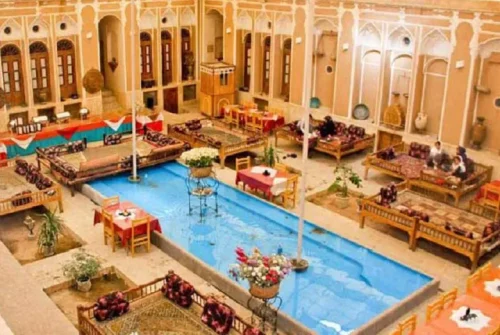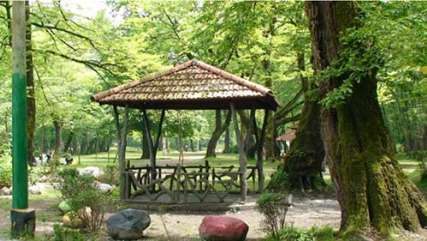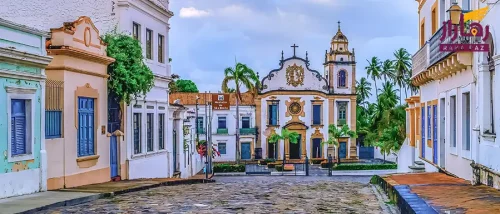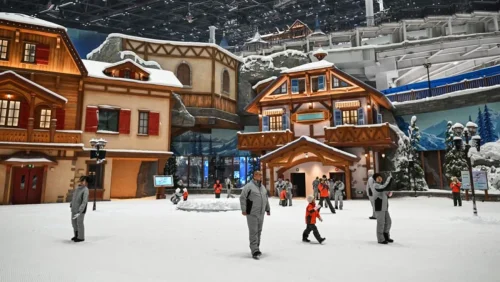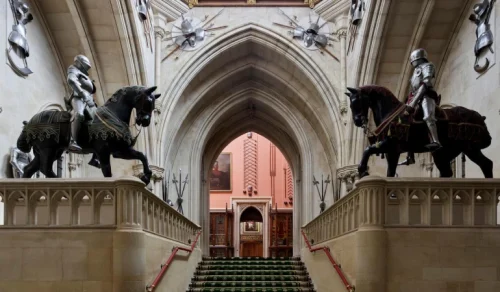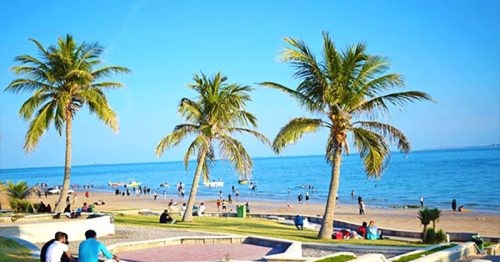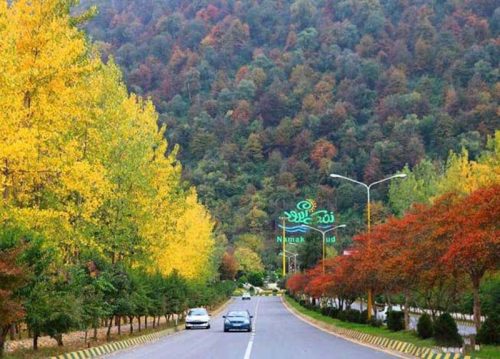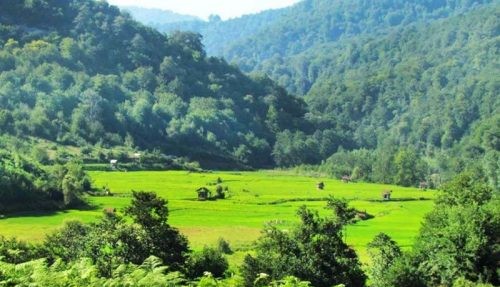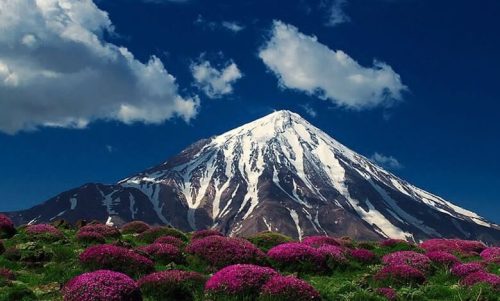Zandieh Complex Revitalization Megaproject: Breathing New Life into Shiraz City
The Zandieh Complex Revitalization Project in Shiraz aims to restore this historical and cultural complex, preserving its authenticity while creating an attractive space for tourists and residents.
Reconstruction and Renovation of Shiraz’s Zandieh Complex aims to improve this complex and turn it into a space that meets today’s needs. The project uses modern techniques and suitable materials to help preserve the historical and cultural identity of the complex.
The Revival of Zandieh Complex in the historic city of Shiraz is aimed at creating an attractive and beautiful space for tourists and city residents. By enhancing the quality of public spaces and providing new facilities, the project offers a better experience for visitors.
For more information about this project and traveling to Shiraz, contact Iran Charter at 02191091190 or email info@irancharter.ir.
Introduction to the Rehabilitation Megaproject of the Zandieh Complex in Shiraz
The rehabilitation megaproject of the Zandieh Complex in Shiraz is one of the most significant urban projects in recent years, aimed at reviving and renovating this valuable historical site. With the collaboration of various organizations and the use of modern technologies, this project seeks to create a dynamic and modern space while preserving the historical authenticity of the Zandieh Complex. Iran Charter plays a crucial role in advancing and enhancing the quality of urban life in Shiraz by supporting this megaproject.
Objectives and Importance of the Zandieh Rehabilitation Project
The main goals of the Zandieh Complex rehabilitation megaproject include preserving and enhancing cultural heritage, creating modern commercial and recreational spaces, and improving urban infrastructure. Designed to attract domestic and international tourists, increase job opportunities, and elevate local living standards, this project demonstrates Iran Charter’s commitment to sustainable development and the preservation of Iranian culture and art in major cities.
Execution Plans for the Zandieh Complex Restoration Project
The execution plans for the Zandieh Complex rehabilitation megaproject include multiple phases, each meticulously and expertly planned. These phases involve renovating historical buildings, creating recreational and commercial amenities, enhancing green spaces and sidewalks, and installing smart urban technologies. Iran Charter, in collaboration with expert teams, ensures that each project stage is completed with the highest quality and within the designated timeline.
Economic Impacts of the Rehabilitation Megaproject on Shiraz
The implementation of the rehabilitation megaproject for the Zandieh Complex has significant economic impacts on Shiraz. This project contributes to the city’s economic growth by creating new job opportunities, boosting tourism, and attracting domestic and foreign investments. Additionally, increased tax revenues from new commercial activities, improved public services, and upgraded urban infrastructure are other positive effects of this project on the local economy.
Conservation and Restoration of Historical Structures in the Zandieh Project
A fundamental principle of the rehabilitation megaproject for the Zandieh Complex is the conservation and restoration of its historical structures. Expert teams in architecture and archaeology meticulously and sensitively focus on repairing and restoring historical structures. Iran Charter ensures that the authenticity and cultural values of the Zandieh Complex are preserved and extended by adhering to international standards.
Infrastructure and Urban Development in Zandieh Rehabilitation
Modern infrastructure and urban development are other key aspects of the Zandieh Complex rehabilitation megaproject. This project includes improving public transportation networks, increasing parking facilities, optimizing sewage and electricity systems, and creating pedestrian and cycling paths. Iran Charter invests in these areas to elevate the quality of life for Shiraz citizens and create a healthier and more sustainable environment.
Community Participation and Relevant Authorities in the Zandieh Project
The success of the Zandieh Complex rehabilitation megaproject depends on active community participation and cooperation with various authorities. Iran Charter considers community needs and expectations through public consultation sessions, surveys, and group meetings. Moreover, collaboration with governmental and private entities ensures coordination in project implementation. This comprehensive approach helps the project progress with public support and satisfaction.
Cultural and Social Programs in the Zandieh Megaproject
Enhancing cultural and social activities is one of the aims of the rehabilitation megaproject for the Zandieh Complex. By establishing cultural centers, exhibition halls, and multifunctional public spaces, this project creates a suitable environment for hosting various cultural and social events. Iran Charter, by supporting artists and cultural organizations, helps strengthen social connections and elevate local culture.
Timeline and Current Progress of the Zandieh Rehabilitation Project
The Zandieh Complex rehabilitation project features a precise timeline and specific implementation phases. So far, the initial phases, including historical section renovations and essential infrastructure improvements, have been completed. With the continuous motivation and effort of working teams, the project is progressing and is expected to be completed by the end of next year. Iran Charter ensures that the project is executed with quality and on schedule by adhering to the timeline.
FAQ
- What is the main goal of the Zandieh Complex rehabilitation megaproject?
- The primary aim of this megaproject is to revive the Zandieh Complex and transform it into a vibrant cultural, tourism, and commercial hub. This project is carried out with the goal of creating an attractive and efficient urban space for citizens and tourists while preserving the historical authenticity and identity of the Zandieh Complex.
- What are the main challenges of the Zandieh Complex rehabilitation megaproject?
- Some challenges of this project include preserving the architectural and historical authenticity of the complex, managing traffic in the area, securing adequate funding for project execution, and coordination among various entities.
- What measures have been taken to preserve the historical identity of the Zandieh Complex in this project?
- Efforts in this project have focused on preserving the architectural authenticity and materials used in the complex to maintain its historical identity. Additionally, the restoration of historical buildings and public spaces is conducted following traditional Iranian architectural principles.
- What role does the Zandieh Complex play in the tourism development of Shiraz?
- The Zandieh Complex, as one of Iran’s most important tourist attractions, plays a significant role in attracting domestic and foreign tourists to Shiraz. This project revitalizes the Zandieh Complex, creating an appealing and vibrant space for visitors, thereby supporting sustainable tourism development in Shiraz.
- How can one stay informed about the latest news and developments of the Zandieh Complex rehabilitation megaproject?
- To stay updated on the latest news and developments regarding this project, you can visit the official websites related to the Zandieh Complex and Shiraz municipality. Additionally, local press and media outlets provide new information in this regard.
- Is this project solely focused on the restoration of historical buildings?
- No, this project not only focuses on restoring historical buildings but also aims at enhancing urban spaces, improving infrastructure, creating attractive green spaces, and providing cultural and recreational facilities to improve citizens’ quality of life.
- Does this project also positively impact environmental conservation?
- Yes, by emphasizing the use of natural and durable building materials, planting green spaces, and improving sewage collection systems, this project contributes to environmental conservation. Improving air quality and reducing noise pollution are also secondary goals of this project.

